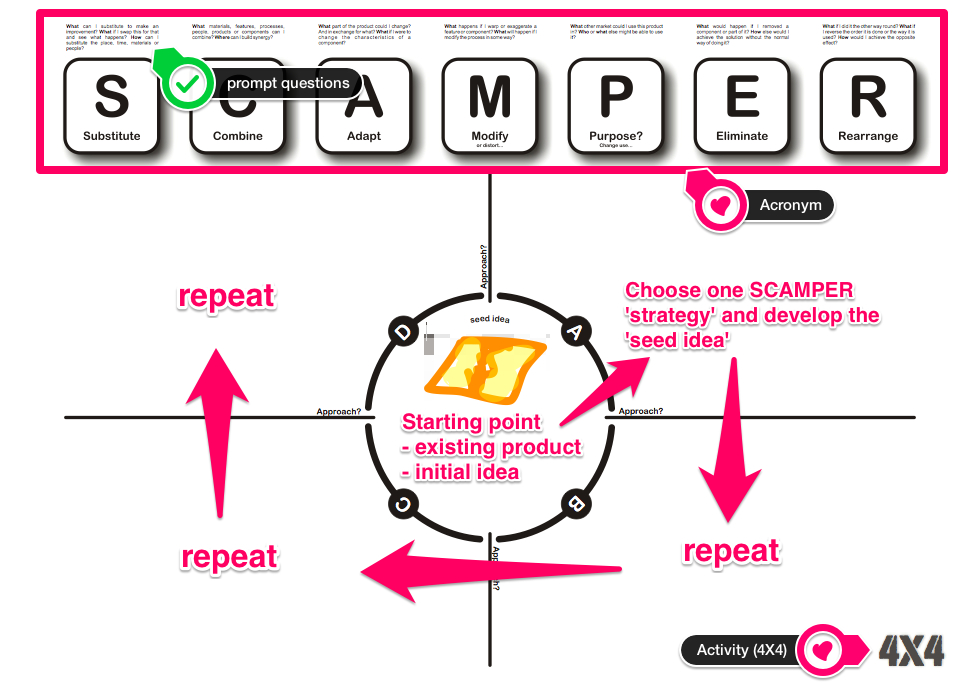Representatives from the D&T ITE community have asked the Secretary of State for Education to reconsider the decisions to remove the D&T ITE bursary in England. Today we have sent this letter:
Dear Secretary of State,
We are writing to express our deep concern about the recent decision to remove the bursary for secondary design and technology (D&T) initial teacher training (ITT) students in England. Whilst we recognise that, as a country and nation, we are experiencing unprecedented times, we urge immediate action by the Department for Education to recognise the continuing under recruitment and resulting shortage of secondary teachers in D&T.
Despite the rise in recruitment to ITT in many secondary school subjects during COVID-19, a recent NfER report highlights that the ‘recruitment gaps in… design & technology are unlikely to fully close’. Similarly, the DfE’s own figures illustrate that D&T has consistently under-recruited for many years. Annually since 2012, this shortage has been documented in the Government’s ITT census, with D&T having lower numbers of entrants as a proportion of the teacher supply model (TSM) than any other subject. In light of these concerning reports, we were disappointed to learn that the new bursary regulations no longer allocate funding to train to teach D&T in 2021/22.
The removal of the bursary will further entrench the chronic shortage of trained teachers of D&T working in secondary schools. In some schools D&T has been removed from the curriculum due, in part, to failing to be able to attract suitably qualified and experienced specialist teachers, significantly reducing opportunities for young people.
D&T education develops our children and young peoples’ 21st Century Skills and the potential to be innovative and resilient, all of which will be vital in post-COVID and post-Brexit Britain. Developing pupils’s innovation and resilience have been a central tenet since the first National Curriculum in 1990 when D&T was established as a foundation subject under the then Conservative government. A lack of specialist trained D&T teachers could mean that young people are less prepared to respond to the challenges and opportunities we will face in post-COVID and post-Brexit Britain. Also, the OECD Education 2030 project highlights the need to educate young people to ‘think creatively, develop new products… processes and methods, new ways of thinking and living…’. As part of a balanced curriculum, D&T offers pupils and students the opportunity to think practically, develop autonomy and foster the ‘adaptability, creativity, curiosity and open-mindedness’ that OECD calls for.
The government has a fundamental duty to address the shortage of design and technology teachers in order to provide coverage of all National Curriculum subjects to all secondary age pupils. Additionally, we believe that removing the bursary threatens the teaching the new GCSE Design and Technology and GCSE Food Preparation and Nutrition specifications. Furthermore, we are concerned that the removal of the bursary will not promote diversity in the workforce, further disincentivising Black, Asian and Minority Ethnic (BAME) – as well as male – entrants to the profession.
As Minister of Education, we urge you to take immediate action to:
- Adopt an ITT bursary allocation policy that recognises the shortage of D&T teachers;
- Allocate additional funding to promote diversity in the D&T teaching workforce and
- Work with D&T ITT providers and the Design & Technology Association to address the issues with recruitment and secure the future of the subject.
We request that you take all necessary steps to ensure that all children in England enjoy the right to a full National Curriculum without discrimination.
Thank you very much for your consideration.
Yours sincerely,
Dr Alison Hardy, Nottingham Trent University
Sarah Davies, Nottingham Trent University
Matt McLain, Liverpool John Moores University
Rose Sinclair, Goldsmiths University of London
Torben Steeg, Manchester Metropolitan University
Julie Buckland, University of the West of England
Alan Bright, Goldsmiths University of London
Suzanne Lawson, University of Worcester
Dr Dawne Irving-Bell, Edge Hill University
Tracey Goodyere, Birmingham City University
Sue Parker-Morris, University of Worcester
Professor Stephanie Atkinson, University of Sunderland
Professor Kay Stables, Goldsmiths University of London
Tony Cowell, Sheffield Hallam University
Andy Mitchell, Retired (Sheffield Hallam University)
Nick Givens, University of Exeter
Karen Fuller, Manchester Metropolitan University
Bill Nicholl, University of Cambridge
Ruth Seabrook, University of Roehampton
Dr Marion Rutland, University of Roehampton
Mark Norris, University of Sussex
Bhavna Prajapat, University of Brighton
Please note: the views expressed are the signatories’ personal views and not necessarily our employers’ policies.




